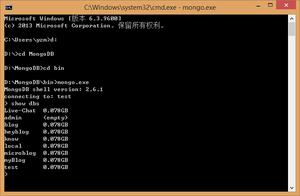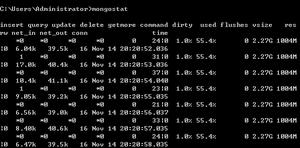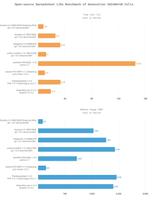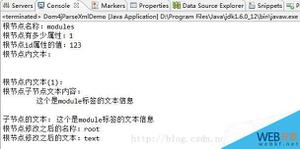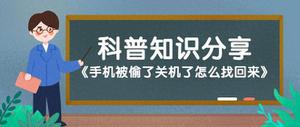从mongoDB中的手动参考中查找所有嵌入式文档
我在项目中使用mongodb和spring-boot。我使用手册参考指出了一个集合,我的结构就像下面这样。
{ _id : "reel_id_1",
name: "reel 1",
category :[
{
_id : "category_id_1",
name: "category 1",
videos: ["video_id_1","video_id_2"]
}
]
}
{ _id: "video_id_1", // first document
name: "mongo"
}
{
_id: "video_id_2", // seconddocument
name: "java"
}
Java类是
@Document@Data
public class Reel {
@Id
private ObjectId _id;
private String name;
List<Category> category;
}
@Data
public class Category {
@Id
private ObjectId _id=new ObjectId();
private String name;
Video videos;
}
@Document
@Data
public class Video {
@Id
private ObjectId _id = new ObjectId();
private String name;
}
我试图通过mongoTemplate加入两个文档
public List<Reel> findById(ObjectId _id) { LookupOperation lookupOperation = LookupOperation.newLookup()
.from("video")
.localField("category.videos")
.foreignField("_id")
.as("category.videos");
UnwindOperation unwindOperation = Aggregation.unwind("category");
Aggregation agg = newAggregation(unwindOperation,match(Criteria.where("_id").is(_id)),lookupOperation);
Aggregation aggregation = newAggregation(lookupOperation);
List<Reel> results = mongoTemplate.aggregate(aggregation, "reel", Reel.class).getMappedResults();
return results;
}
但这会引发错误。
Failed to instantiate java.util.List using constructor NO_CONSTRUCTOR with arguments但是由于使用“ unwind”,所以创建了一个新的Entity 并添加Category
category而不是List<Category> category。和二手
List<UnwindReel> results = mongoTemplate.aggregate(aggregation, "reel",
UnwindReel.class).getMappedResults();
它仅合并第一个视频(video_id_1)对象。如何获取
所有对象?有什么方法可以提取吗?有人可以让我知道我在这里错过了什么吗?提前致谢。
回答:
您存储在数据库中的JSON结构错误。您的Reel课程需要的列表Category,但在数据库中您已存储为嵌套对象。
您需要在之后添加此阶段 $lookup
{ "$addFields": {
"category": {
"$map": {
"input": "$category.videos",
"in": {
"videos": "$$this"
}
}
}
}
}
Java代码
public List<Reel> findById(String _id) { Aggregation aggregation = Aggregation.newAggregation(
Aggregation.match(Criteria.where("_id").is(_id)),
Aggregation.lookup(mongoTemplate.getCollectionName(Video.class), "category.videos", "_id", "category.videos"),
new AggregationOperation() {
@Override
public Document toDocument(AggregationOperationContext context) {
return new Document("$addFields",
new Document("category", new Document("$map", new Document("input", "$category.videos")
.append("in", new Document("videos", "$$this")))));
}
})
.withOptions(AggregationOptions.builder().allowDiskUse(Boolean.TRUE).build());
LOG.debug(
aggregation.toString().replaceAll("__collection__", mongoTemplate.getCollectionName(Reel.class)));
return mongoTemplate.aggregate(aggregation, mongoTemplate.getCollectionName(Reel.class), Reel.class)
.getMappedResults();
}
回答:
- 不要硬编码集合名称,使用更好的
mongoTemplate.getCollectionName方法 - 始终在执行之前记录聚合管道,这有助于调试。
- 如果您的集合将来会增长,请使用
{allowDiskUse: true}MongoDb聚合选项。
以上是 从mongoDB中的手动参考中查找所有嵌入式文档 的全部内容, 来源链接: utcz.com/qa/411870.html

